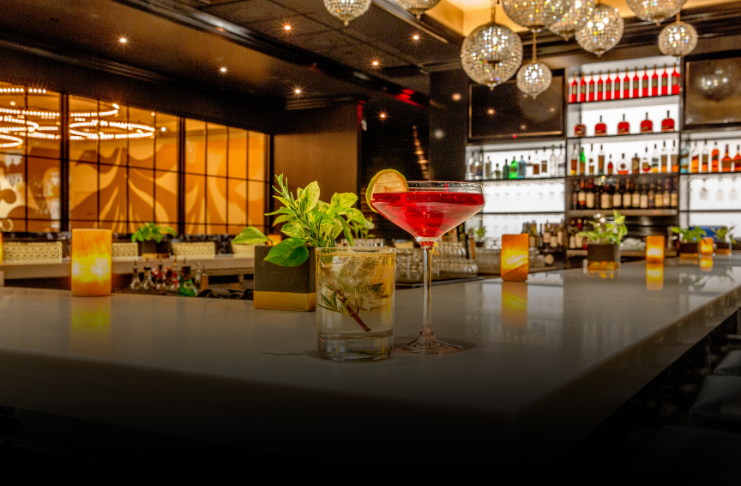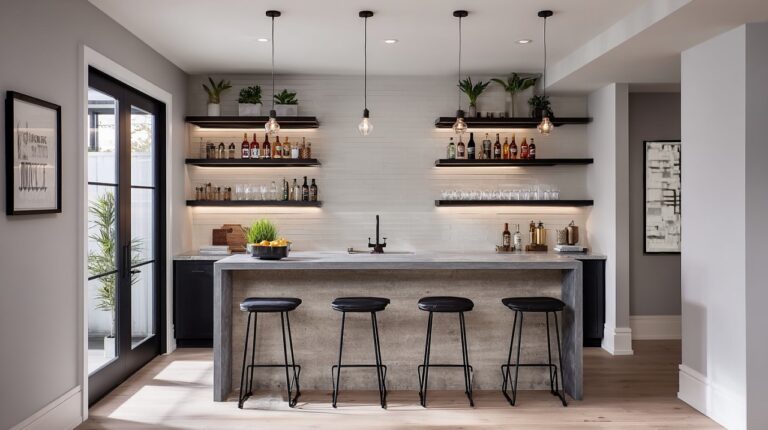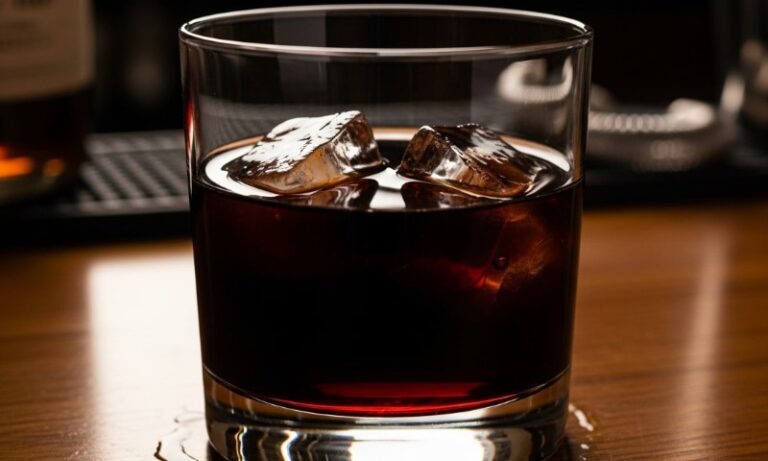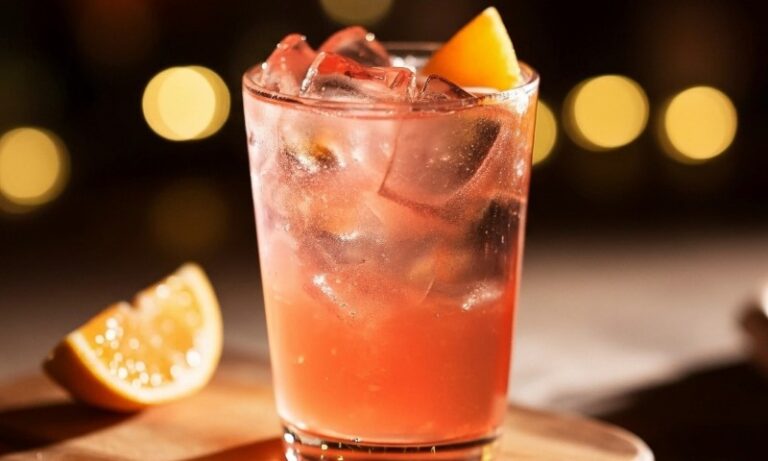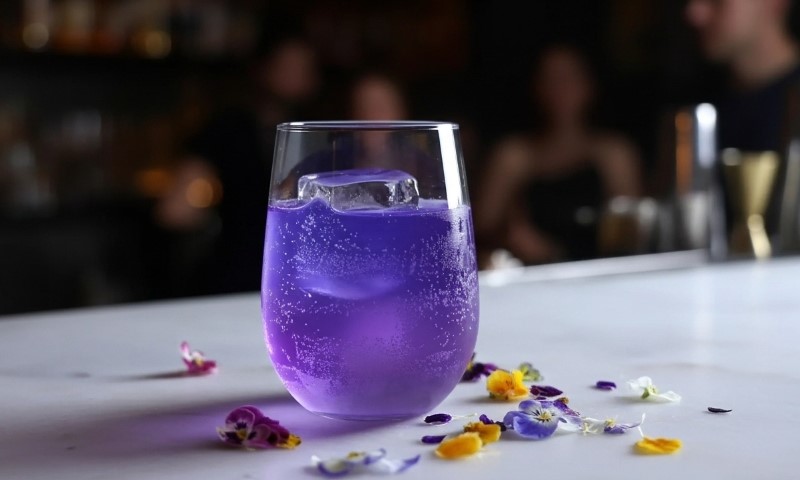Step into any serious bar in Tokyo, and you’ll notice something different before you even taste a drop. The bartender moves with almost meditative focus. Every stir, pour, and garnish happens with intent. The ice is carved by hand. The glass looks like it’s been waiting for you all day.
That kind of care defines Japanese cocktail culture. It’s not about showmanship. It’s about balance, respect for ingredients, and letting simplicity shine through.
Martinis might have elegance, but Japan’s classic drinks bring texture, ritual, and grace. They’re light, structured, and patient. A Bamboo or Highball might look humble, but when built correctly, they can make even your favorite Martini feel one-dimensional.
Here’s a detailed guide through Japan’s timeless cocktail canon: recipes, methods, and lessons that show how refinement and restraint can outclass flash and force.
The Bamboo
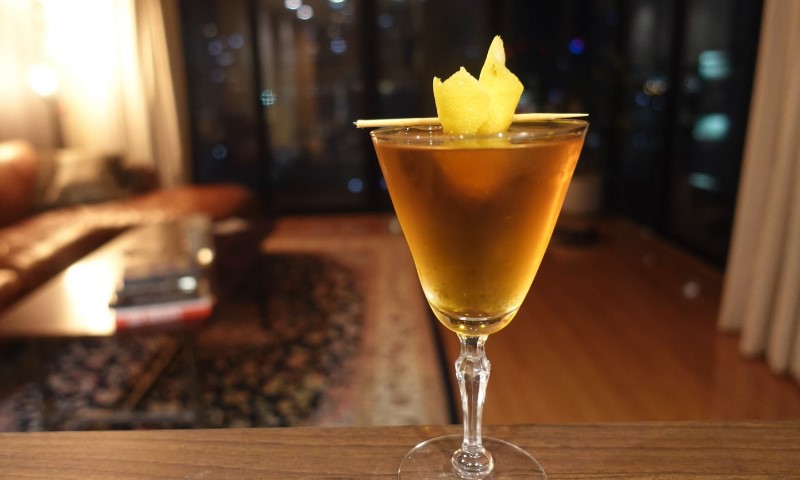
The Bamboo is a low-alcohol aperitif with roots in the Yokohama Grand Hotel, around the 1890s. It combines fino sherry and dry vermouth , lightly seasoned with bitters. The result is crisp, nutty, and dry; something between a Martini and a fortified wine spritz.
Standard Spec
| Ingredient | Amount |
| Fino sherry | 1½ oz |
| Dry vermouth | 1½ oz |
| Orange bitters | 1 dash |
| Angostura bitters | 1 dash |
Method
Stir with ice until clear and cold. Strain into a chilled Nick & Nora glass. Express a lemon peel over the top and discard it, or add an olive if you like a savory edge.
Variations and Notes
- Historian Keisuke Oda , a successor to Eppinger, suggested that early versions leaned more heavily on sherry. Try a 2:1 or 3:1 ratio of sherry to vermouth for deeper salinity.
- The Adonis , a close cousin, swaps dry for sweet vermouth. It’s rounder and softer, making for a perfect side-by-side tasting.
Why It Beats Your Martini
A Bamboo delivers the chill and clarity of a Martini but with gentler alcohol and more layered flavor. Instead of a blast of ethanol, you get herbs, flor, and a dry, salty echo.
The drink rewards careful stirring and cold glassware, the exact kind of technical excellence that defines Japanese service.
The Whisky Highball and Mizuwari
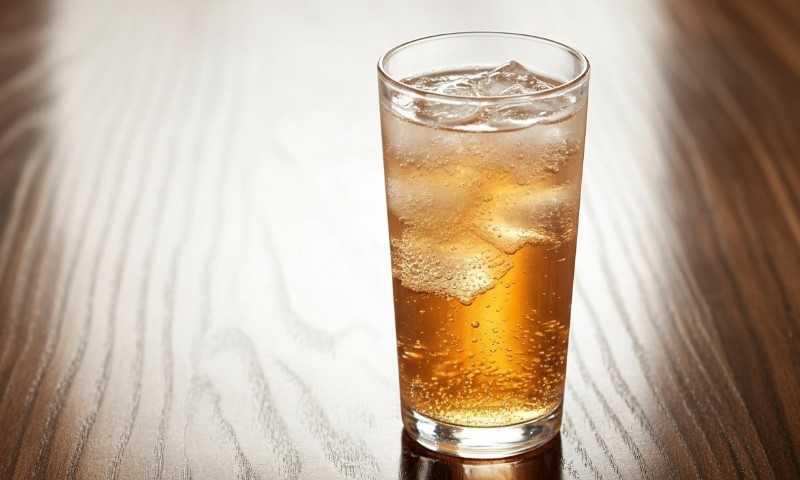
The Japanese Highball might look simple: whisky, soda, ice. But it’s an art form disguised as a casual drink. Each step has a reason, from the way the soda is poured to the single stir that keeps carbonation intact.
Typical ratio: 1 part whisky to 3 or 4 parts soda.
Why It Matters in Japan
The Highball pairs cleanly with fried food, seafood, and grilled meats. From smoky yakitori stalls to fancy Ginza bars, it’s everywhere.
The 2008 Suntory campaign reshaped the country’s drinking habits. Whisky sales jumped, and a younger generation started ordering the classic again.
House of Suntory Highball Spec
| Ingredient | Amount |
| Japanese whisky | 45 ml |
| Chilled soda water | 135–180 ml |
Method
- Fill a chilled highball glass with crystal-clear ice.
- Add whisky and stir briefly to chill.
- Pour soda slowly down the side.
- Stir once gently from the bottom.
- Optionally, garnish with a thin lemon peel.
Mizuwari vs. Highball
- Mizuwari: Whisky cut quietly with still water, often over a single large ice block. Served with meals, meant for lingering conversation.
- Highball: A brighter, fizzy take, ideal with fried dishes and casual rounds.
Why It Beats Your Martini
Where a Martini shuts the night down, a Highball keeps it going. It refreshes rather than overwhelms.
The bubbles lift flavor and texture while letting the whisky’s character breathe. It’s all about harmony.
Chū-hai and the Lemon Sour
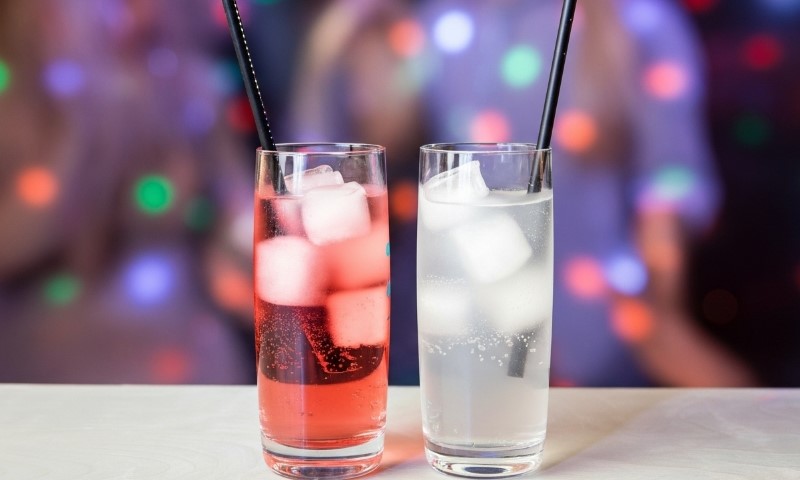
“Chū-hai” stands for shochu highball , born from practicality and postwar creativity. It’s traditionally made with shochu, citrus, and soda , though today the term covers an entire category of canned and bar-served drinks.
Origins and Growth
After World War II, ingredients were scarce. Beer was expensive, whisky was rationed, but shochu was accessible.
Bartenders stretched it with citrus and soda to create a light, affordable long drink. By the 1970s, canned chu-hai had become part of daily life.
Fast forward to now: the category dominates Japan’s ready-to-drink (RTD) market. Lemon-flavored variants lead the pack, accounting for a large share of the market according to beverage trade reports.
Lemon Sour Recipe (Izakaya Style)
| Ingredient | Amount |
| Shochu (barley or rice preferred) | 45 ml |
| Fresh lemon juice or lemon purée | 20–30 ml |
| Simple syrup or lemon syrup base | 5–10 ml |
| Very cold soda water | Top up |
Method
Build directly in a chilled highball glass with ice. Stir gently to integrate. Garnish with lemon slices or zest.
Flavor Notes
Barley and rice shochu deliver a clean canvas. Sweet potato shochu brings funk and fruit. Adjust the lemon’s sweetness based on your mood: some bars even blend zest into syrup for intensity.
Why It Beats Your Martini
Where a Martini demands quiet, a Lemon Sour fits the rhythm of conversation and shared plates. It’s fresh, sparkling, and light enough for a whole meal. The citrus wakes your palate instead of numbing it, making it the ultimate social drink.
Umeshu Soda and Other Izakaya Staples
Umeshu Soda is pure refreshment. Plum liqueur meets soda water in a tall glass, delivering sweetness, tang, and a subtle almond note from the fruit pits. It’s proof that simplicity can taste luxurious.
Recipe
| Ingredient | Amount |
| Umeshu | 45 ml |
| Soda water | 120–150 ml |
Method
Build in a chilled highball glass packed with ice. Stir once from the bottom. Garnish with a slice of green plum or lemon peel.
Optional Variation
Swap half the umeshu for honkaku shochu if you want less sugar and more aroma.
Why It Beats Your Martini
Umeshu Soda doesn’t overpower. It’s balanced, pretty, and approachable. The carbonation brings lift, and the temperature precision keeps it refined. It’s the kind of drink that makes you slow down without making you sleepy.
How Japan Made Western Cocktails Its Own
The Grand Hotel in Yokohama stands at the intersection of East and West. In the 1890s, it was translating cocktail culture.
Louis Eppinger’s menu bridged American recipes and Japanese service values. From there, bartenders in Ginza expanded the repertoire and reputation of Japanese mixing.
You might see “Yokohama” cocktails on old recipe sites, usually vodka, gin, orange juice, and grenadine, but those are later inventions.
The original lineage lies in the Bamboo and other spirit-light aperitifs that prioritized balance over punch.
Technique, Service, and the “Hard Shake”
Kazuo Uyeda’s hard shake is probably the most discussed Japanese bar technique. It’s a specific, controlled three-point movement meant to maximize aeration without excessive dilution. Many outside Japan have tried to imitate it, but few capture the precision.
Whether or not the shake truly changes texture is almost beside the point. The lesson is consistency. Every motion, temperature, and stir count.
Japanese bartenders use pre-chilled glassware, clean ice, and exact timing not because it looks impressive, but because it guarantees repeatable results.
Actionable Takeaways for Home or Bar
- Chill everything: Glassware, mixers, even your spirits. Cold prevents cloudy dilution.
- Use clear, dense ice: It melts slower and looks better.
- Top with care: Pour soda slowly down the side of the glass.
- Stir with finesse: For aperitifs, stop the stir right at full chill.
- Express citrus fresh: Oils fade quickly; garnish just before serving.
Recipes You Can Trust
@thirstywhale__ JAPANESE HIGHBALL 1.25 Japanese Whisky 4 oz Club Soda Lemon peel This is a classic and for a good reason, it’s timeless. It’s a crisp and subtle cocktail that hits the spot, especially in the warm months. Temperature is everything here, ice cold! These specs may seem specific and that’s because they are. They come from the High Five bar, Tokyo, Japan.
Every drink here has roots in respected bar manuals and firsthand practice. Use these as reliable starting points and tweak them to your taste.
Bamboo
- 1½ oz fino sherry
- 1½ oz dry vermouth
- 1 dash orange bitters
- 1 dash Angostura bitters
- Stir with ice, strain, and garnish with lemon peel or olive.
Japanese Whisky Highball
- 45 ml whisky
- 135–180 ml soda
- Build in chilled glass, lift gently once, garnish optional citrus peel.
Lemon Sour
- 45 ml shochu
- 25 ml fresh lemon juice or lemon base
- 5–10 ml syrup
- Top with soda, stir lightly, garnish with lemon rounds.
Umeshu Soda
- 45 ml plum liqueur
- 120–150 ml soda
- Build over ice, short lift, garnish with lemon peel or plum.
Quick Comparison Table
| Drink | Base | Strength | Ideal Moment | Core Technique |
|---|---|---|---|---|
| Bamboo | Sherry + dry vermouth | Low | Pre-dinner aperitif | Gentle, clear stir |
| Whisky Highball | Japanese whisky | Low–mid | With fried food | Cold prep, single stir |
| Lemon Sour | Shochu + lemon | Low–mid | Izakaya rounds | Fresh citrus, quick build |
| Umeshu Soda | Plum liqueur | Low | Dessert or late night | Chill, lift, minimal foam |
Ingredients That Make or Break the Glass
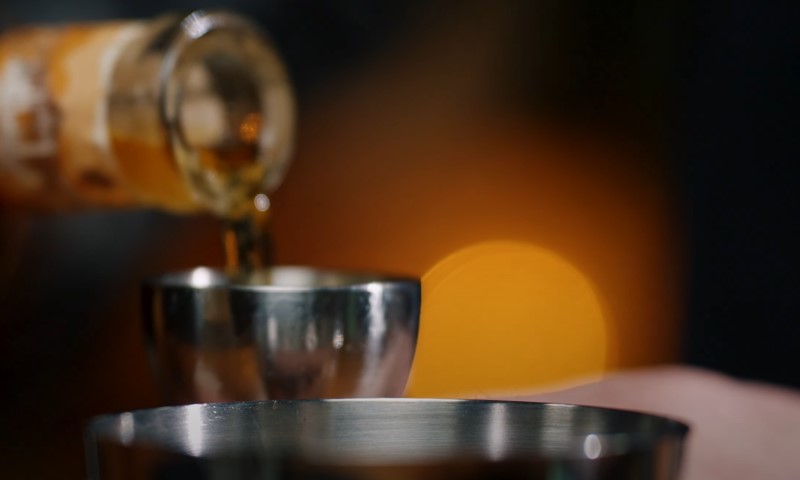
Every perfect cocktail starts long before the pour. The right ingredients: fresh, cold, and balanced, decide whether your drink sings or falls flat.
Sherry and Vermouth
Use fino or manzanilla sherry for a clean Bamboo. Keep bottles refrigerated. Vermouth fades fast; store cold and finish within a month.
Bitters
A dash of orange bitters brightens everything. Avoid cheap brands with synthetic aroma.
Whisky
Blended whiskies like Suntory Toki or Nikka Days are built for bubbles. Chill both the whisky and the glass for smoother texture.
Soda Water
Use high carbonation , ideally from a siphon or a premium bottled brand. Cold soda keeps bubbles small and crisp.
Shochu
Choose by grain type:
- Barley (mugi): smooth and neutral
- Rice (kome): clean and light
- Sweet potato (imo): earthy and rich
Lemon
Many Japanese bars use lemon bases : fresh juice mixed with lightly sweetened zest infusion. It captures brightness without oversweetening and echoes the “kodawari” (devotion to craft) that defines modern lemon sours.
Service Culture
Japanese bartending borrows from the tea ceremony and kaiseki dining . It’s about noticing pace, mood, and context. The best bartenders read the table, knowing when to refill, when to pause, and when to say nothing at all.
Every movement serves hospitality. That’s why the same drink can taste better in a Tokyo bar; it’s not just what’s in the glass, it’s the care behind it.
Menus often change seasonally, using citrus in winter or plum in early summer. Guests might start with a Bamboo, shift to a Highball with food, then end with an Umeshu Soda. The flow feels deliberate, designed to keep your senses alive without fatigue.
How Martini Lovers Can Borrow the Playbook
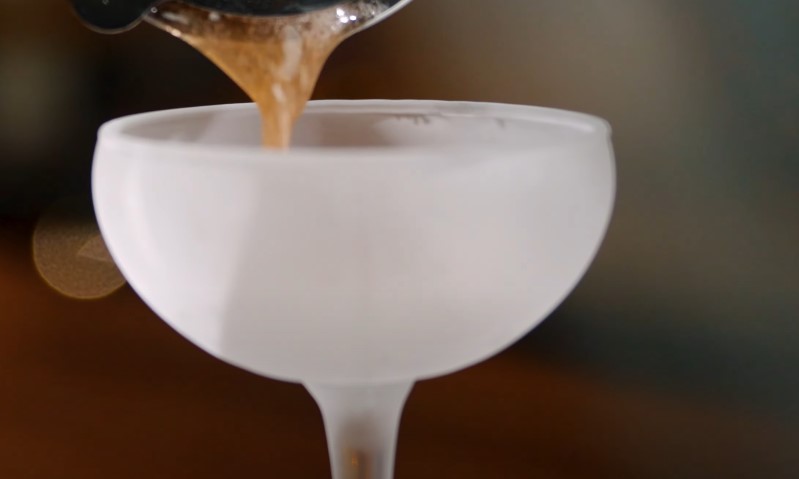
You don’t have to give up your Martini. Just give it better company.
- Pre-chill everything. Ice-cold glassware and spirits are non-negotiable.
- Practice a short stir. Stop the moment your drink hits peak chill.
- Upgrade your bubbles. Use premium soda or a strong home carbonator.
- Refine your citrus. For sours, blend zest and juice for more vivid flavor.
- Match your glass to your drink. Tall for refreshment, small for focus.
You’ll start noticing how texture, temperature, and carbonation create more pleasure than sheer alcohol strength ever could.
Suggested Dinner Progression
| Course | Drink | Pairing |
|---|---|---|
| Aperitif | Bamboo | Light starters, oysters, pickled vegetables |
| Main | Whisky Highball | Fried chicken, yakitori, karaage |
| Second | Lemon Sour | Noodles, rice bowls, or izakaya snacks |
| Dessert / Nightcap | Umeshu Soda | Mochi, fruit, or simply conversation |
A meal built like this stays light, interactive, and flavorful. Each drink connects smoothly to the next.
Precision as Pleasure
Japanese cocktail culture thrives on restraint and repetition. Nothing is wasted. Nothing is rushed. You feel it in the temperature of the glass, the smoothness of the stir, and the clarity of the flavors. The Bamboo, the Highball, the Lemon Sour, the Umeshu Soda, all follow one idea: simplicity with soul.
Martinis will always have their place, but Japan’s classics show that true sophistication lies in balance. When you build your next drink with patience and quiet attention, you’ll see how much more beautiful a cocktail can be when it’s treated as a craft, not a shortcut.


